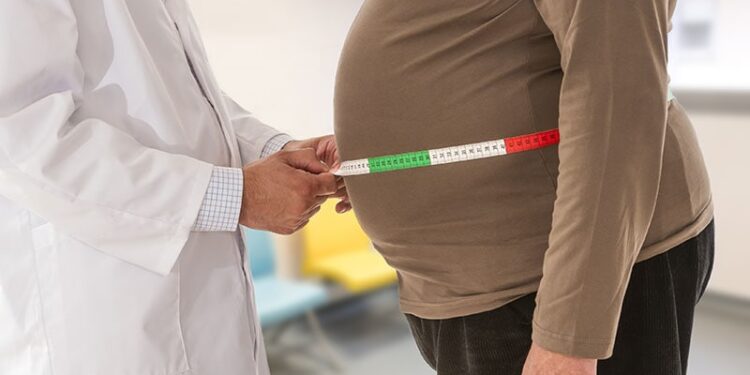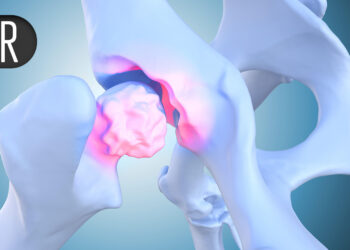TOPLINE:
Waist circumference is the strongest predictor of metabolic dysfunction-associated steatotic liver disease (MASLD) and its progression to steatohepatitis and liver stiffness in both the general adult population and in those with diabetes or multiple metabolic comorbidities.
METHODOLOGY:
- MASLD affects 1 in 3 individuals and is linked to rising abdominal obesity and visceral fat deposition. Although BMI estimates fat mass, it does not reflect fat distribution as well as parameters like waist circumference, waist-to-height ratio, and waist-to-hip ratio.
- Researchers analyzed 2017-2023 survey data from adults with available liver health and relevant anthropometric measurements to study the association between body composition parameters and the risk for MASLD, metabolic dysfunction-associated steatohepatitis (MASH), and liver stiffness.
- Body composition parameters evaluated included height, weight, waist circumference, hip circumference, body adiposity index, BMI, body roundness index, fat mass, waist-to-hip ratio, waist-to-height ratio, waist-adjusted BMI, and weight-adjusted waist index.
- MASLD was defined by a controlled attenuation parameter ≥ 275 dB/m with metabolic dysfunction, MASH by a FibroScan (Echosens ) aspartate aminotransferase score ≥ 0.35, and increased liver stiffness by a stiffness measurement ≥ 8 kPa.
TAKEAWAY:
- Among 11,579 participants (median age, 51 years; 47% men), MASLD was present in 40.9%, MASH in 6.5%, and increased liver stiffness in 9.9%.
- Waist circumference, and not BMI or waist-to-height ratio, achieved the highest area under the curve (AUC, 0.82) for MASLD, followed by increased liver stiffness (AUC, 0.75) and MASH (AUC, 0.73), consistently outperforming other indices. Similar observations were found in patients with diabetes and multiple metabolic comorbidities.
- In sex‐stratified analyses, waist circumference-based markers, such as body roundness index and waist-to-height ratio, were the strongest predictors in both men and women, followed by waist circumference alone.
- The association between waist circumference and MASLD risk was nonlinear, with the risk plateauing slightly above 100 cm. MASH risk rose linearly across all waist circumferences, whereas elevated liver stiffness risk increased sharply only above 100 cm.
IN PRACTICE:
“Waist circumference, particularly in the absence of overt obesity, should be considered as the preferred body composition parameter in individuals at risk of MASLD, MASH or fibrosis,” the authors wrote.
SOURCE:
The study was led by Laurens A. van Kleef, MD, PhD, Department of Gastroenterology and Hepatology, Erasmus MC University Medical Centre, Rotterdam, the Netherlands. It was published online in The American Journal of Gastroenterology.
LIMITATIONS:
The cross-sectional design prevented analysis of changes in body composition and liver outcomes over time. Data on steatohepatitis were unavailable for a portion of the study timeframe. Liver stiffness measurements may be unreliable in individuals with elevated alanine aminotransferase levels.
DISCLOSURES:
The Foundation for Liver and Gastrointestinal Research in Rotterdam, the Netherlands, provided financial support for this study. Some authors declared receiving honoraria, grants, speaker fees, personal royalties; served as consultants; and had other ties with various organizations and pharmaceutical companies.
This article was created using several editorial tools, including AI, as part of the process. Human editors reviewed this content before publication.
Source link : https://www.medscape.com/viewarticle/waist-size-proves-key-assessing-liver-health-2025a1000kx0?src=rss
Author :
Publish date : 2025-08-06 18:14:00
Copyright for syndicated content belongs to the linked Source.














